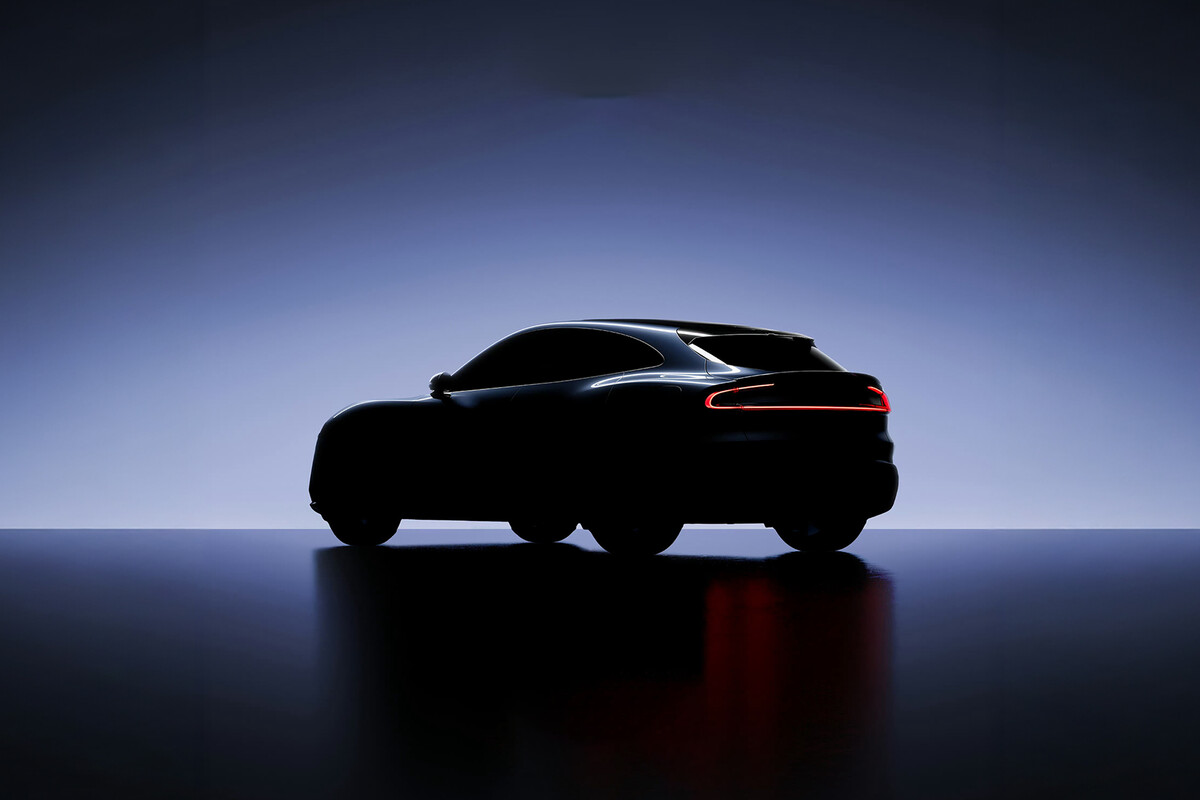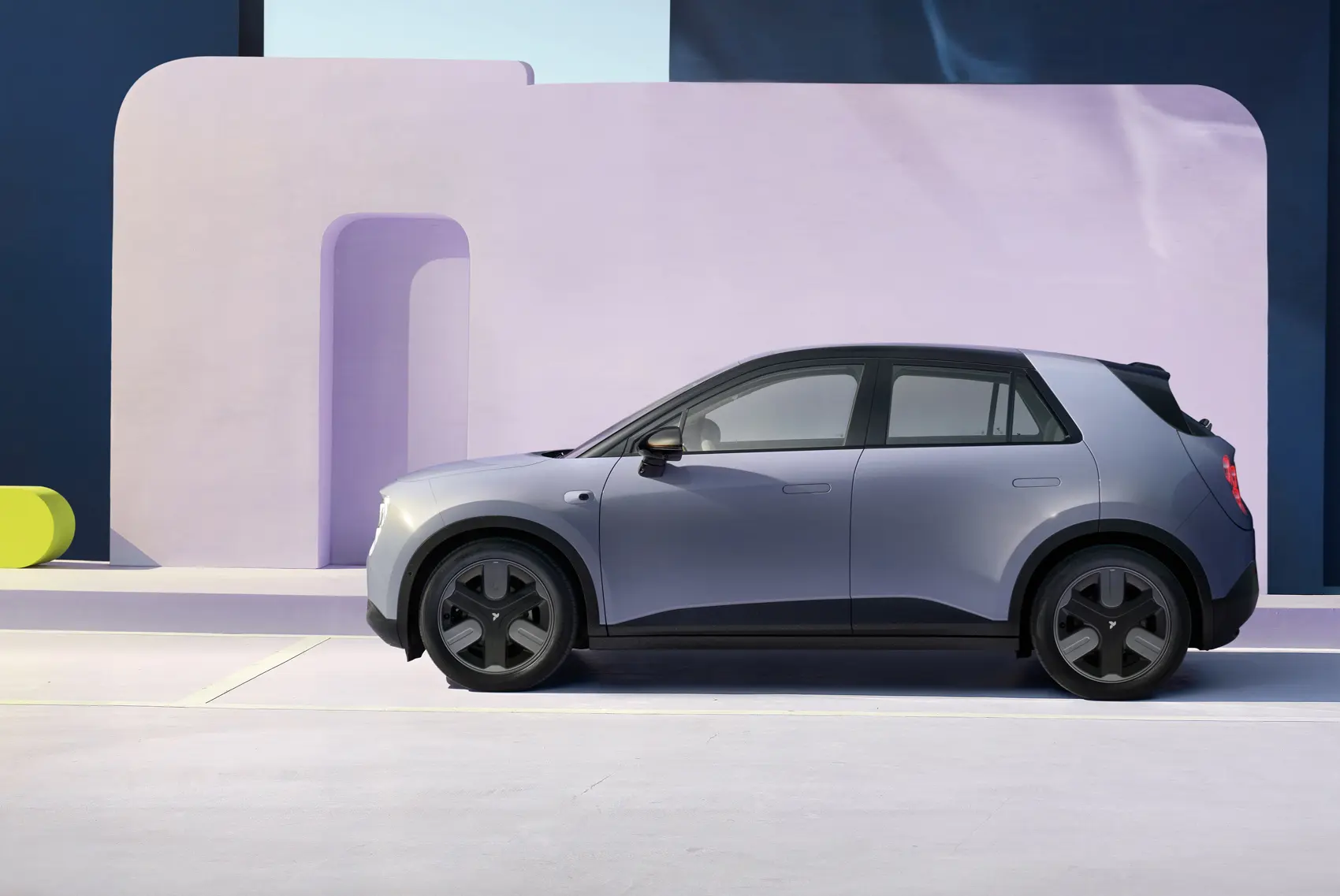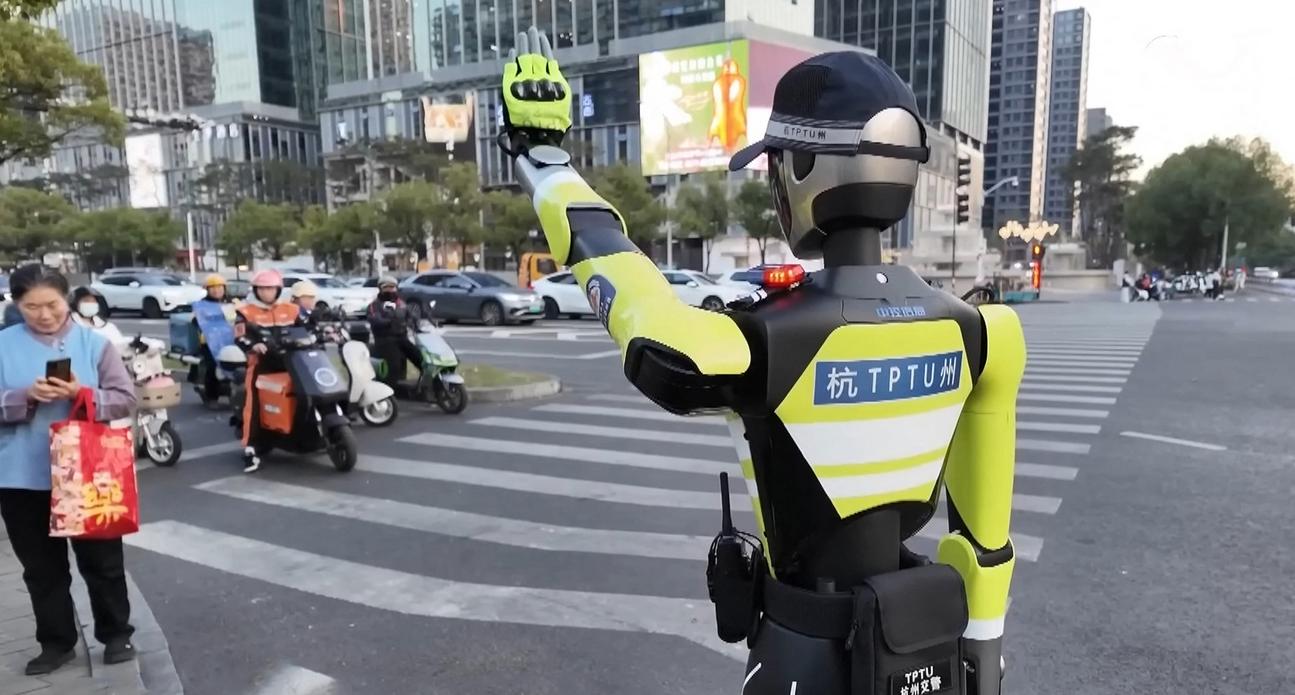It looks like China isn’t just leading the EV race but taking it to the skies as well. XPeng, a company that didn’t even exist ten years ago, is already known as one of China’s most reliable EV manufacturers. Now, the company is on a path to redefine transportation by combining self-driving cars and passenger drones. Forget humanoid housekeepers and AI-integrated EVs, flying cars are finally here, and they’re pushing us one step closer to a sci-fi future.
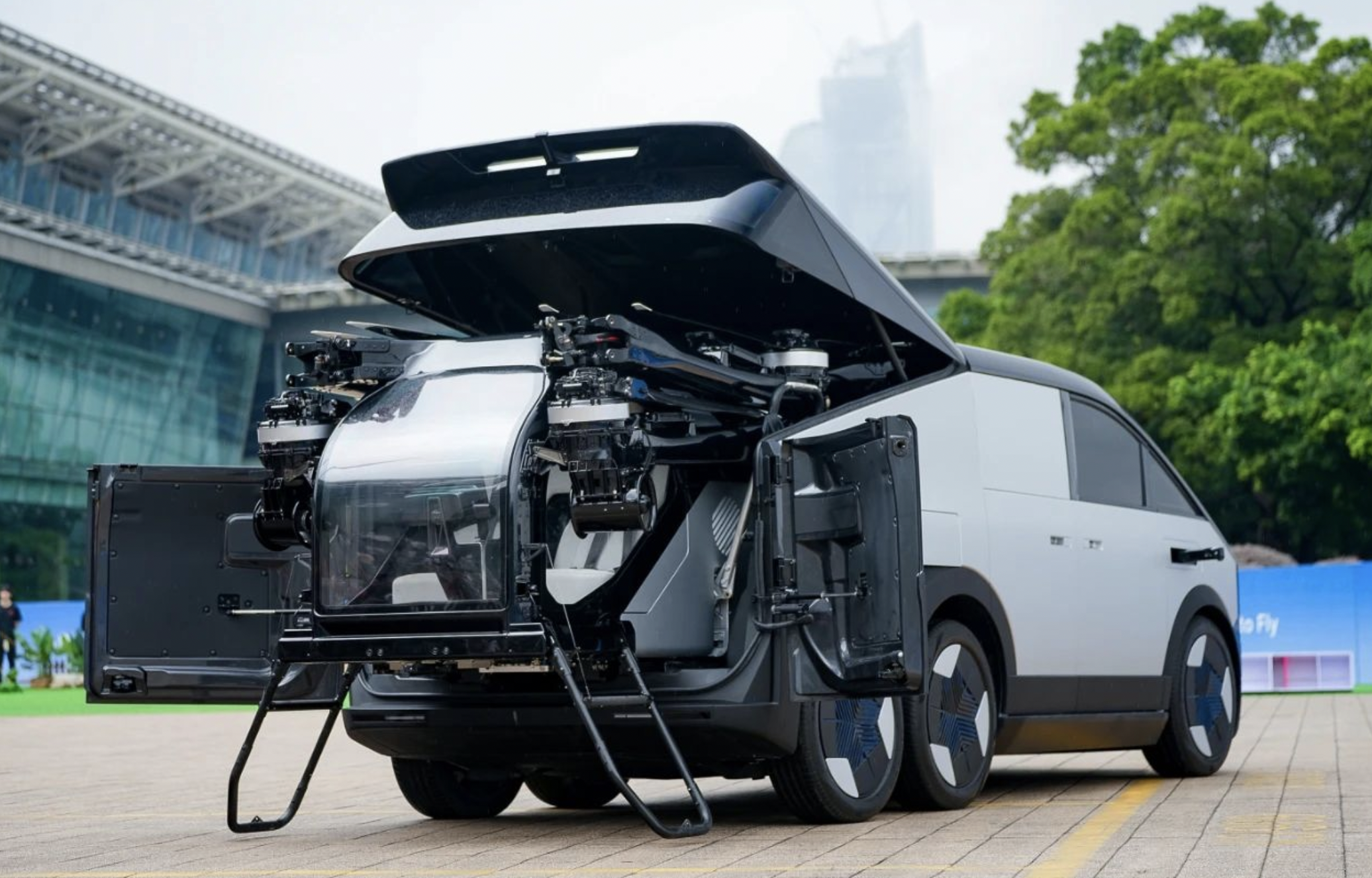
XPeng’s subsidiary, AeroHT, began designing and developing flying cars in 2021. Last year, they introduced the “Land Aircraft Carrier,” a double-module flying vehicle that’s even more futuristic than it sounds. The ground module is a sleek, six-wheeled EV car, and with the press of a button, the flying module unfolds from the trunk. The eVOLT (Electric Vertical Take-Off and Landing Aircraft) can be ready for manual or automatic flight within five minutes. eVOLT is lightweight and foldable, with a 270-degree panoramic cockpit, featuring vertical take-off and landing capabilities, making it suitable for both sightseeing and rescue purposes.
Earlier this year, XPeng introduced its flying car at CES, an international technology trade show. In more recent news, the company completed another successful test flight just last week, bringing high hopes for the future of air transportation. The flying beast has already secured 3,000 pre-orders, with mass production set to begin in 2026. XPeng plans to invest another 3 billion RMB ($413 million USD) in AeroHT, projecting that flying cars will eventually surpass the EV market in the coming decades.
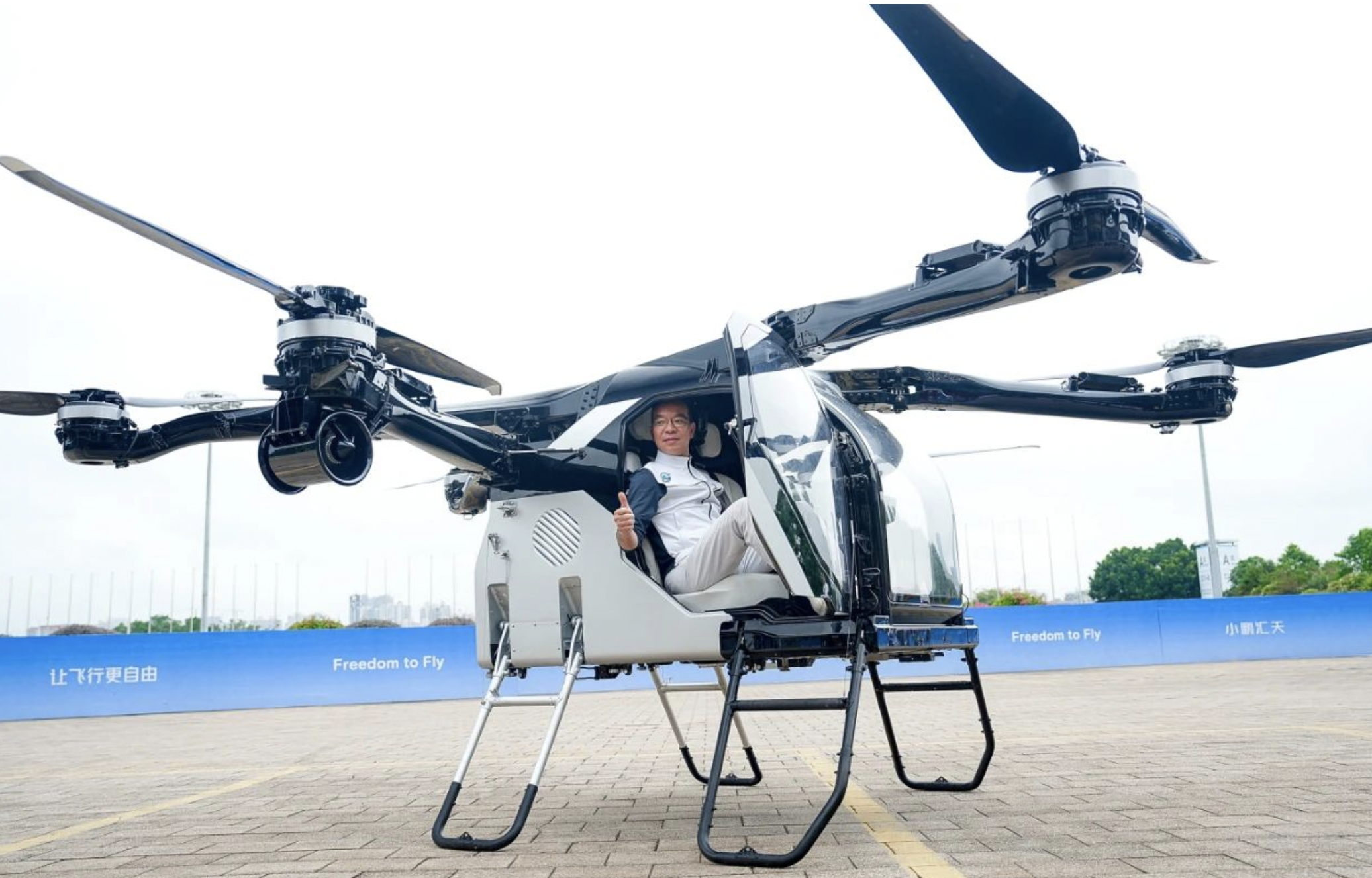
XPeng isn’t just stopping there, though. The company has upped its investment in the robotics industry as well, and already introduced humanoid robots for its factory automation. To rival Tesla, XPeng is also focusing on the Southeast Asian EV markets and gearing up to enter Europe and Latin America. For the first quarter of 2025, XPeng reported a 331% increase in EV sales compared to last year’s Q1, but whether XPeng’s flying cars will truly take off is still up in the air.
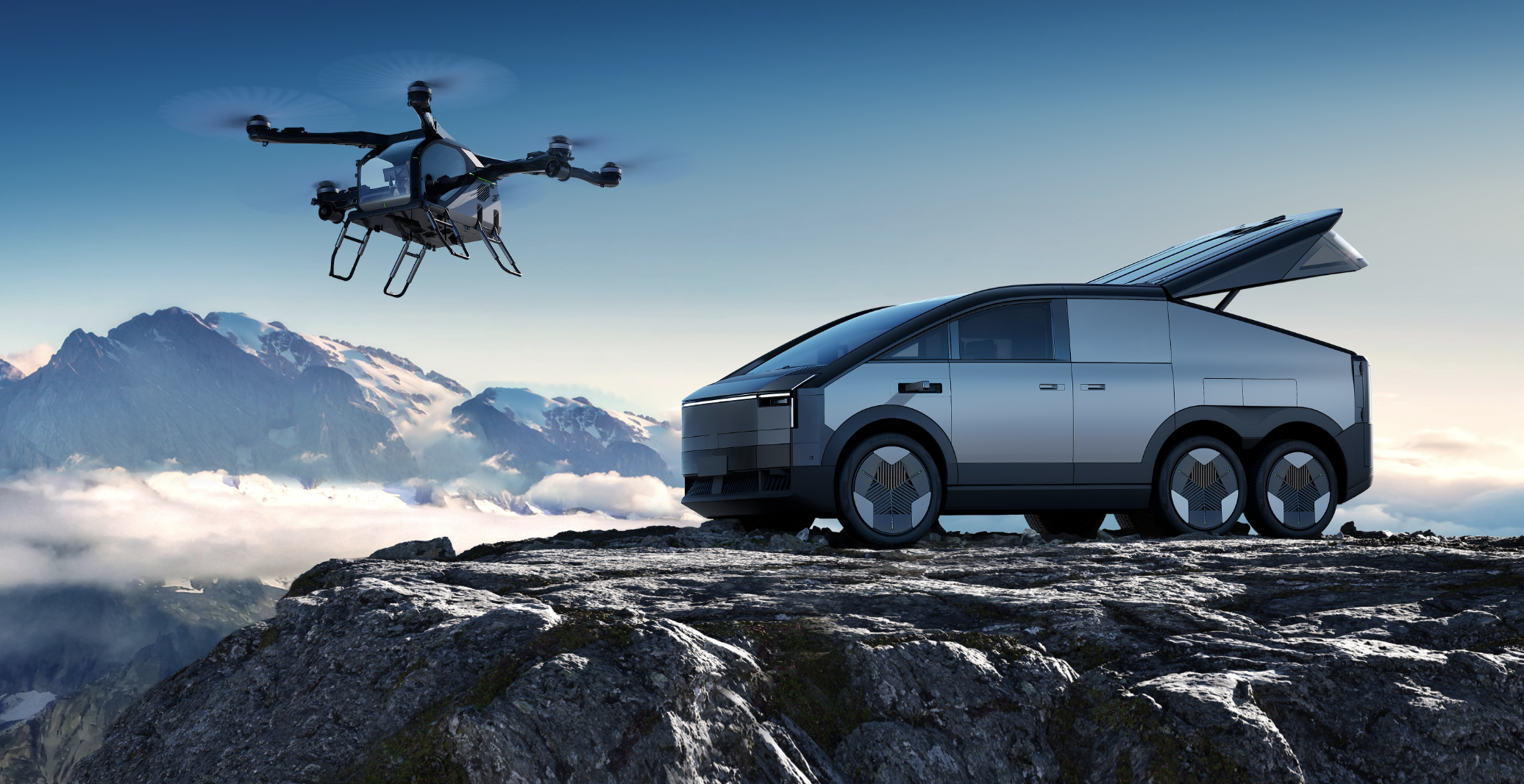
All images via XPeng.






